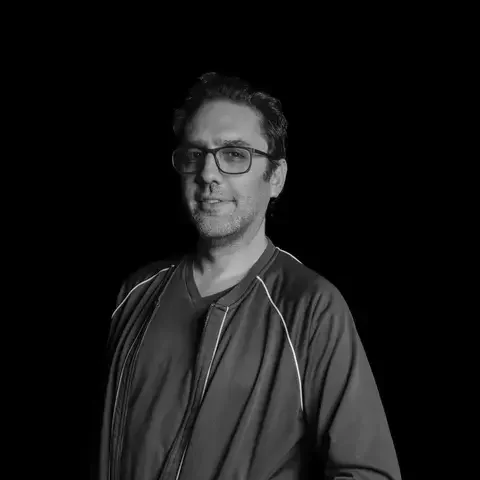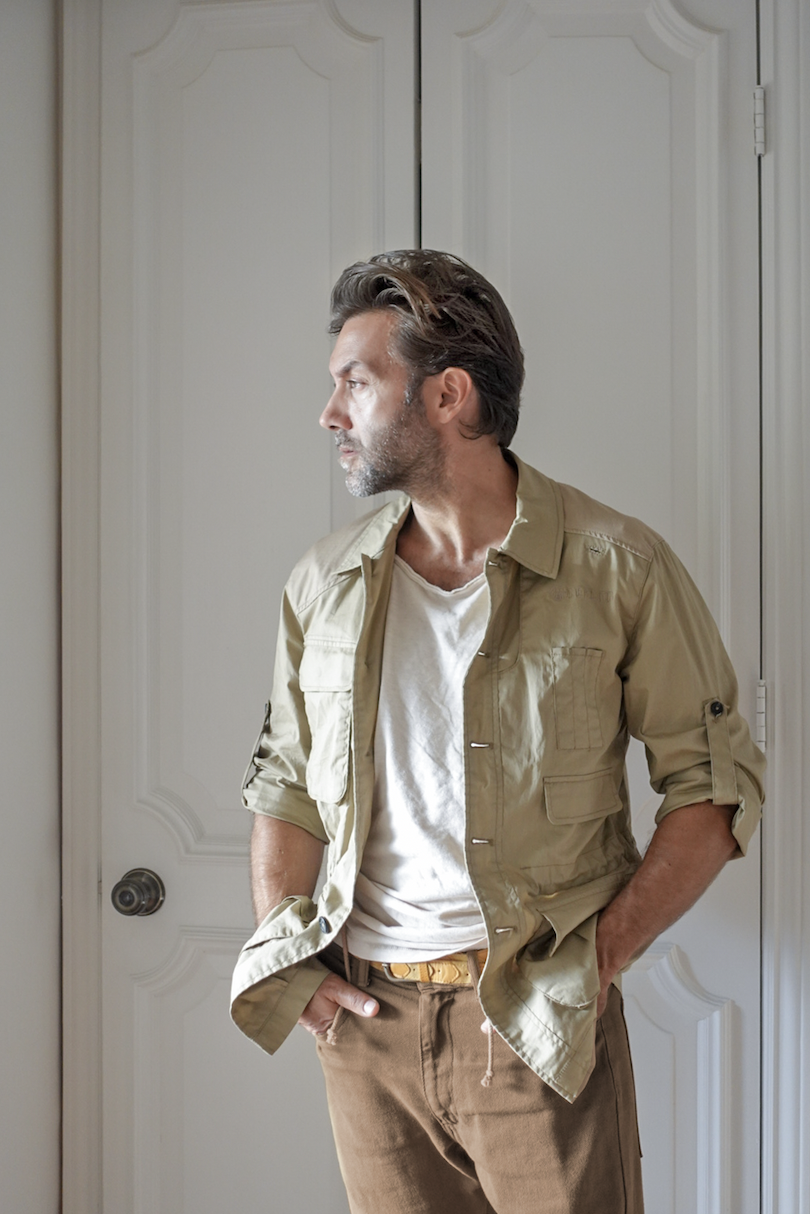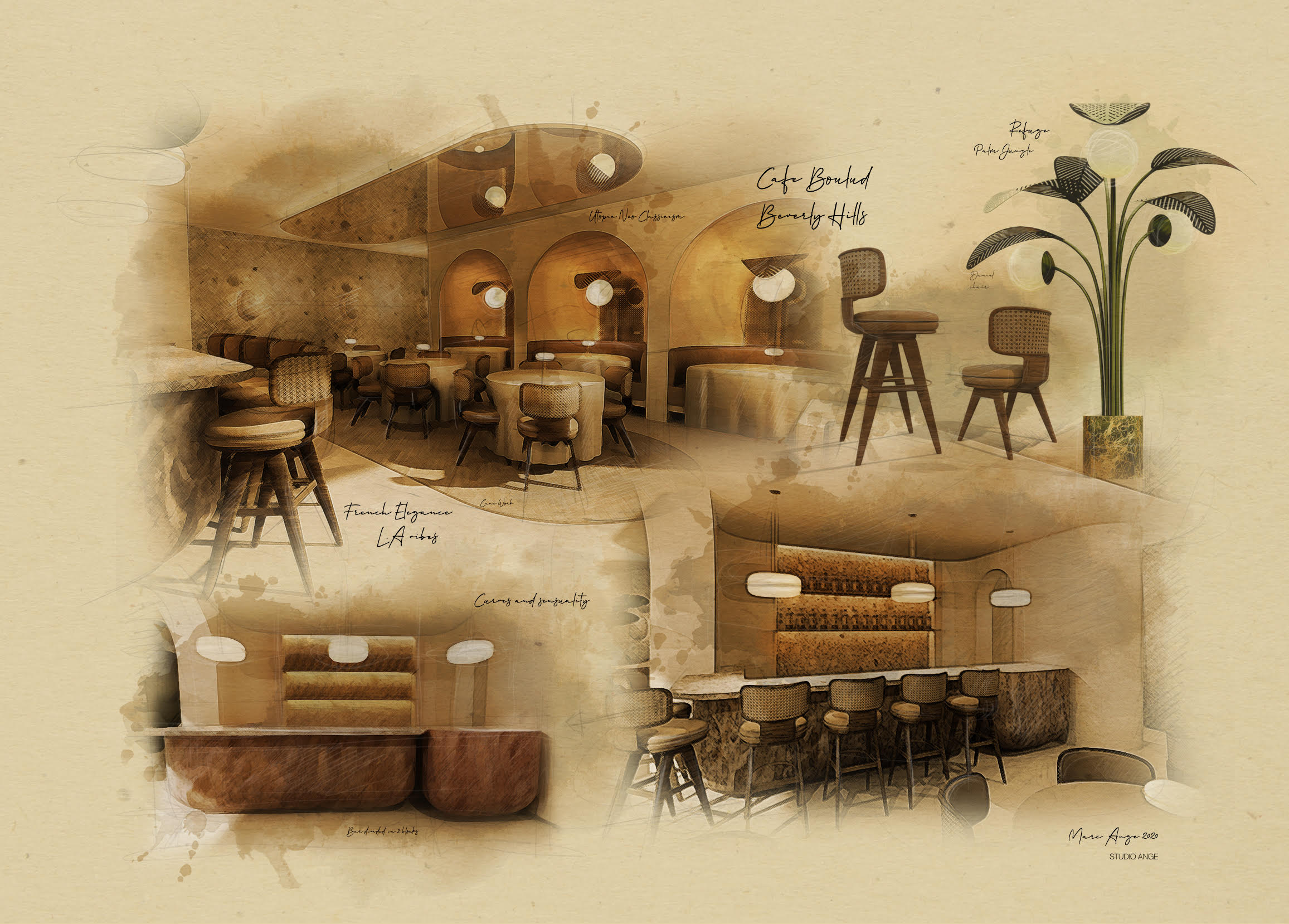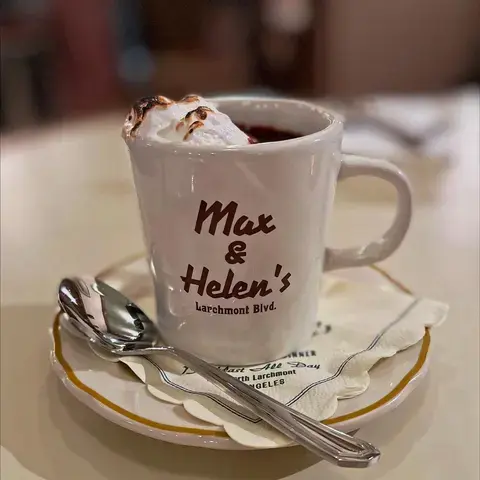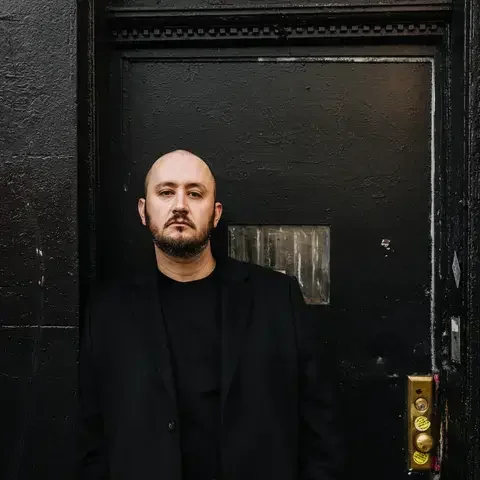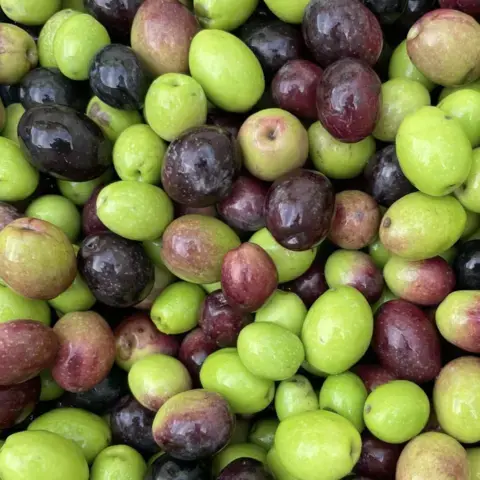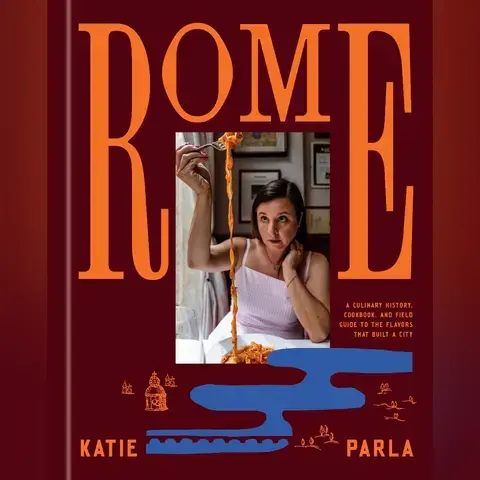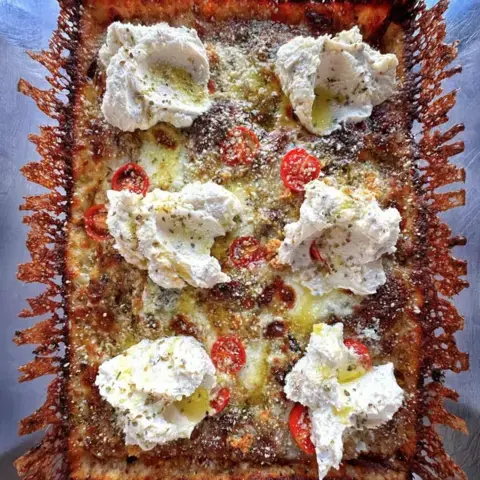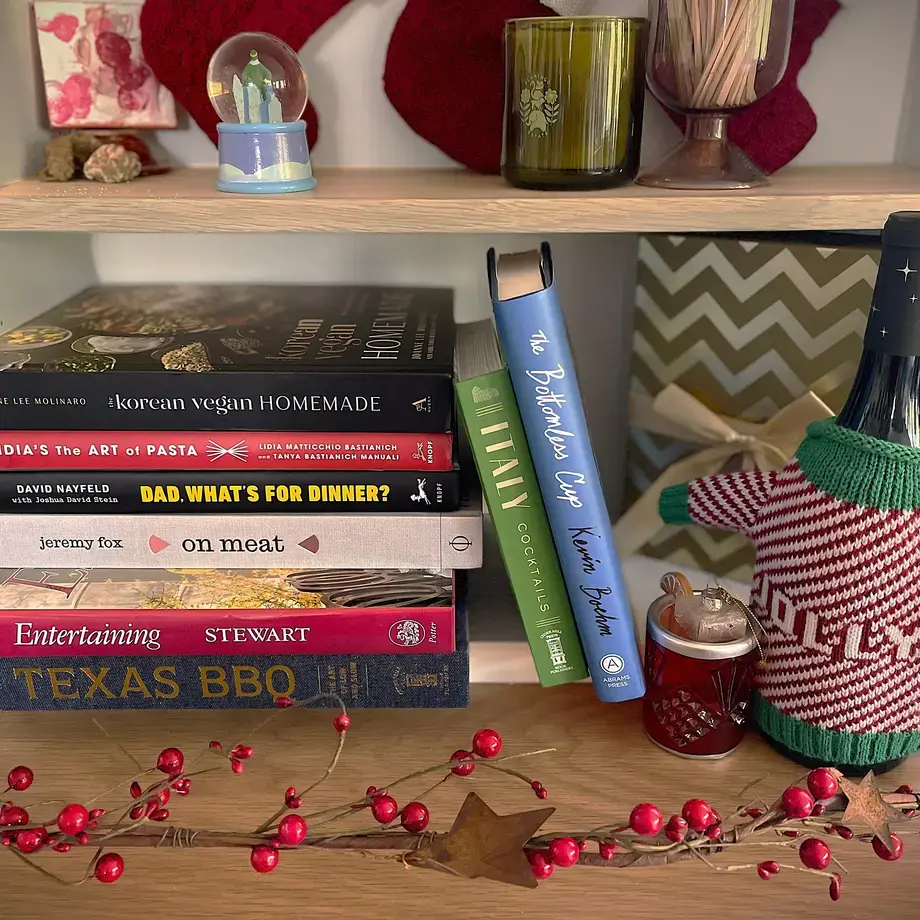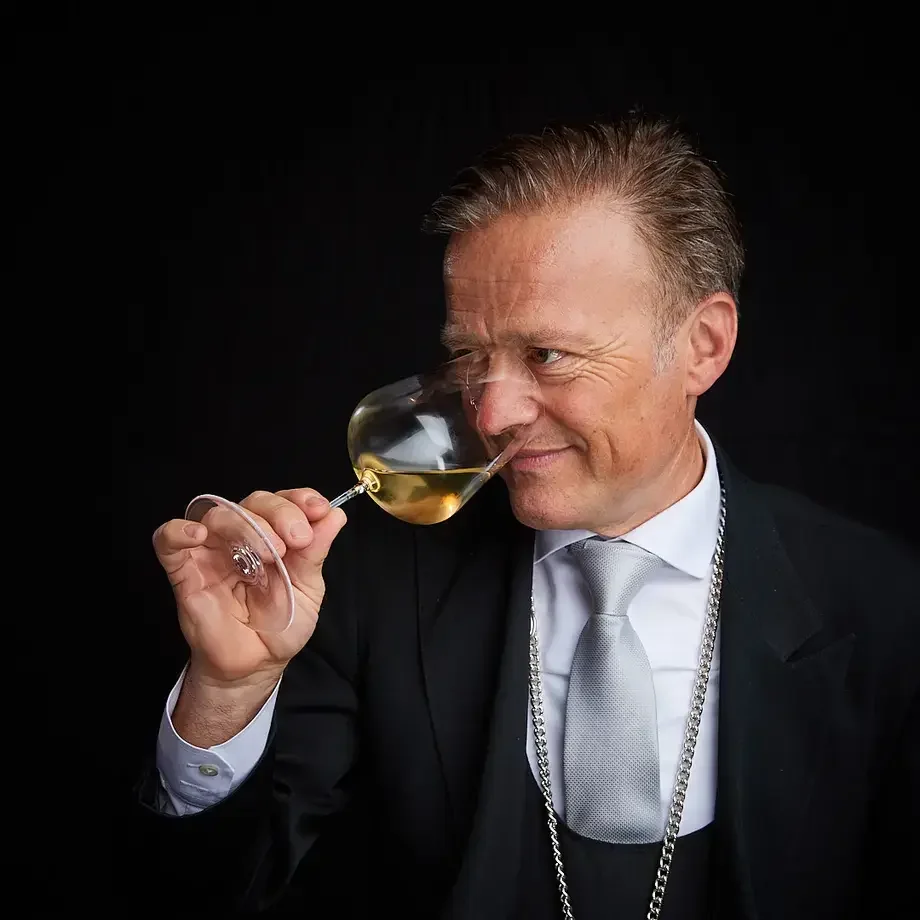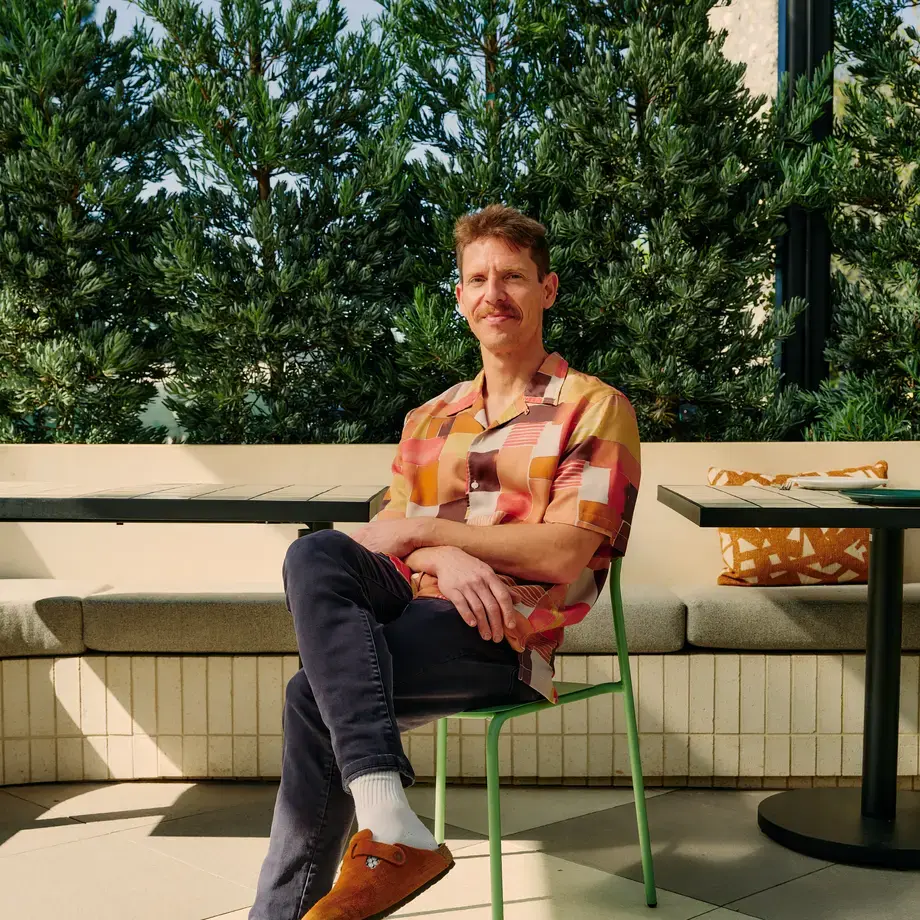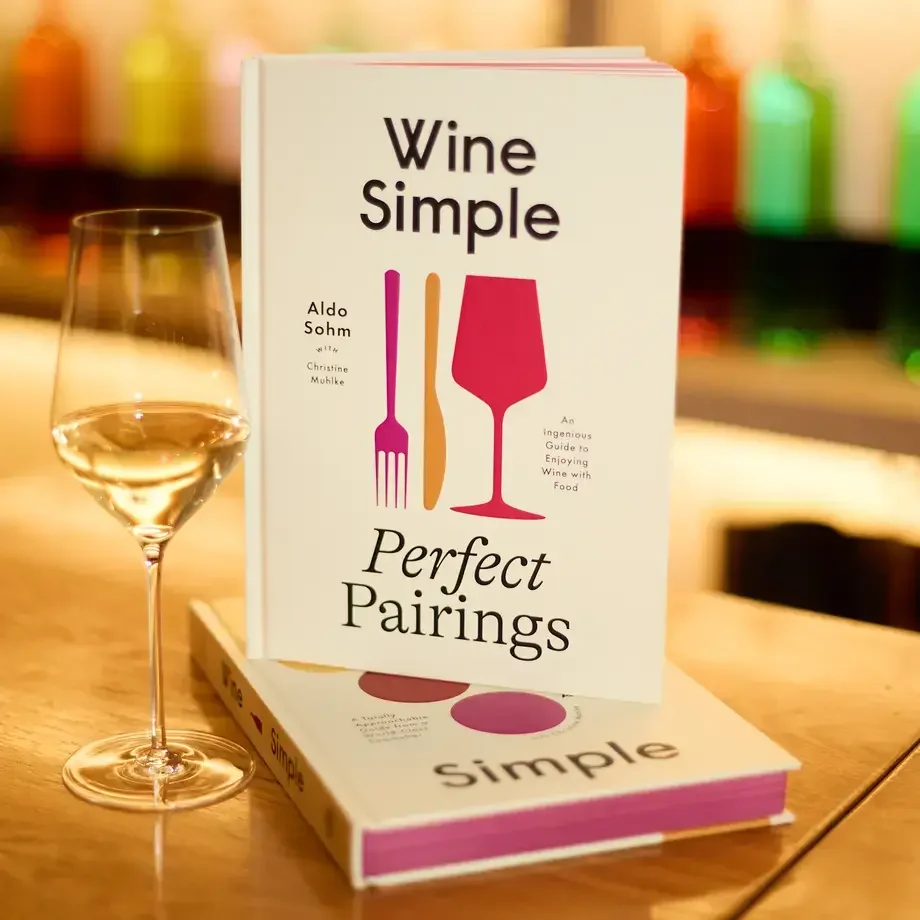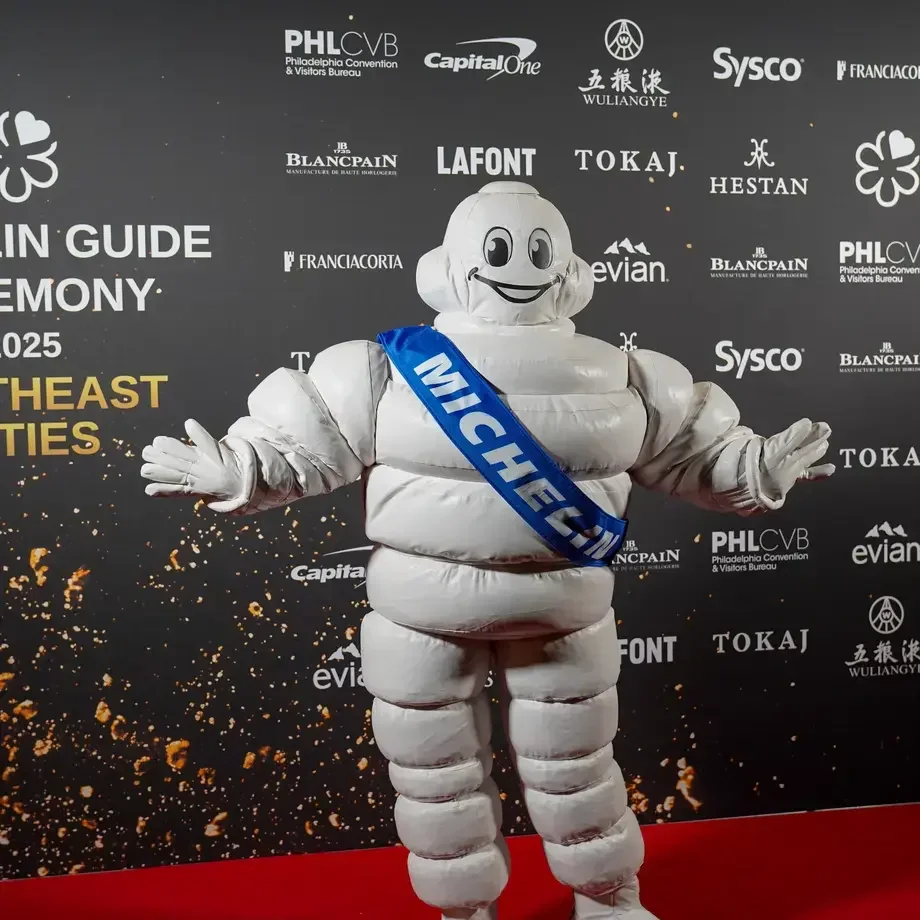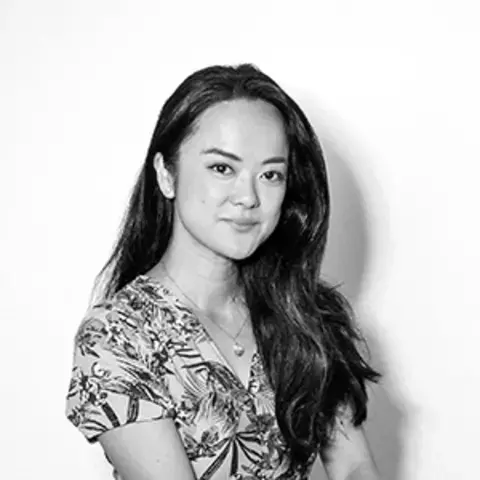At MUSE, the reflective ceiling captures diners mid-conversation, casting a kaleidoscopic view of the scene below. It’s not just a decorative flourish—it’s a deliberate design move, one that encapsulates Marc Ange’s philosophy: a restaurant isn’t just a place to eat, it’s a place to feel.
Known for creating immersive, surrealist spaces that straddle the line between art and architecture, Marc Ange has long been a celebrated figure in the worlds of luxury design and high-concept furniture. But in recent years, he’s shifted his attention to a new canvas—the dining room. From Café Boulud to the soon-to-open rooftop of the Waldorf Astoria in Los Angeles, Marc Ange is applying his signature emotional design approach to the way we experience restaurants.
Who Is Marc Ange?
Marc Ange was born in Rome and raised in Paris, the child of an Italian family split between religion, art, and what he describes as “a touch of madness.” That tension—between reality and illusion, tradition and rebellion—has defined his creative career. After training in industrial design at France’s ESDI, Marc Ange began his career in automotive design, creating advanced concepts for global brands like Citroën, Peugeot, and Ferrari. But even as he excelled in that world, he felt constrained by its rigidity and predictability.
“I was really good,” Marc Ange says of his early career. “But after two or three years, I realized it was always the same thing. You think you’re creating something, but you’re just following rules.”
So he struck out on his own, launching a design studio in Paris at age 26. That leap eventually led to collaborations with LVMH, PRADA, and Moët & Chandon, as well as the creation of his own furniture line—most famously Le Refuge, a dreamy, pink palm-frond daybed that became the most Instagrammed piece at Milan Design Week 2017 and now lives in the MOCO Museum in Amsterdam.
His work draws from surrealism, childhood memory, and the tension between harmony and chance. Every project, from a fragrance bottle to a penthouse suite, is approached as a total experience. And increasingly, those experiences are unfolding in restaurants.

